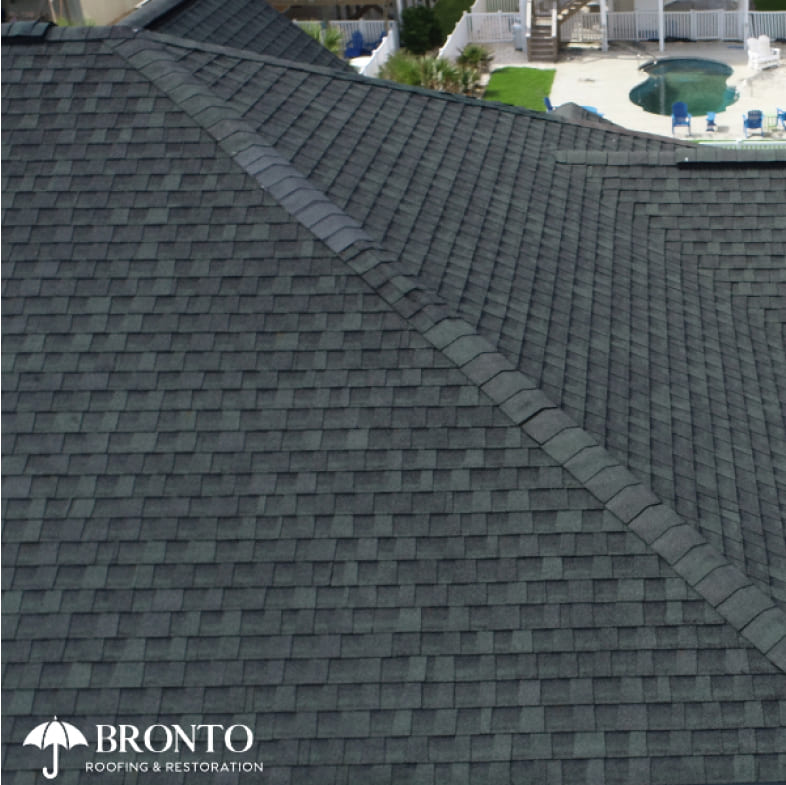Tarping a roof is a temporary solution to protect a damaged or leaky roof from further damage caused by rain, wind, or other elements. It’s a simple and affordable solution that can help prevent costly repairs down the line.
Steps to Tarp a Roof:
- Gather materials: You’ll need a heavy-duty tarp, roofing nails or tarp clips, a ladder, and a hammer or drill.
- Measure the roof: Measure the length and width of the damaged area to determine the size of tarp you’ll need. Make sure to add a few extra feet to the measurements to ensure full coverage.
- Place the tarp: Lay the tarp over the damaged area and secure it with roofing nails or tarp clips along the edges. If the tarp is too large, fold it under and secure it with nails or clips.
- Secure the tarp: Hammer or drill roofing nails or tarp clips along the edges of the tarp to secure it in place. Make sure the nails or clips are spaced evenly and securely fastened to the roof.
- Overlap the tarp: If you have multiple tarps, overlap them by at least 6 inches and secure them with roofing nails or tarp clips. This will help prevent water from seeping through the seams.
- Check for leaks: After securing the tarp, check for leaks by spraying water over the tarp. If you notice any leaks, use additional nails or clips to secure the tarp more tightly.
- Monitor the tarp: Regularly inspect the tarp to ensure it’s secure and in good condition. If the tarp becomes damaged or starts to deteriorate, replace it immediately to prevent further damage to your roof.
Tarping a roof is a quick and effective solution for protecting a damaged roof from further damage. By following these simple steps, you can keep your roof protected until you can make permanent repairs.
Note: If you’re not confident in your abilities to tarp a roof, it’s best to consult with a professional roofing contractor to ensure proper and safe installation.







